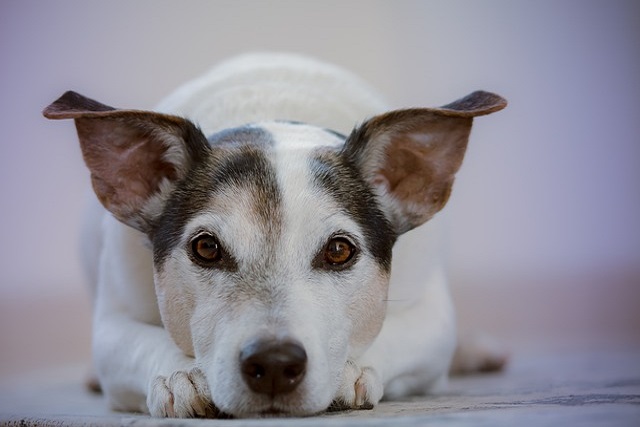
How do i train my dog to be obedient?
Watching your dog dart across the park ignoring your calls isn’t just frustrating—it can put them at risk near busy streets or public spaces.
If you’re a new dog parent in the US—maybe you’re sitting on your California apartment floor, staring at your 9-month-old Shetland Sheepdog, Milo, whose fluffy tail has turned into a clump of tangles you can’t pull apart, or you’ve spent 15 minutes brushing his back only to realize you missed a mat behind his ear—you’ve probably thought: Am I even doing this right? Will I hurt him if I keep going? Brushing a long-haired dog isn’t just about making them look neat—it’s about keeping their skin healthy and comfortable. The good news is, with the right steps (and a little patience), you can turn grooming into a bonding moment, not a battle.
First, let’s keep the science simple: Long-haired dogs (like Milo, Golden Retrievers, or Shih Tzus) have either double coats (a thick undercoat for warmth plus a longer topcoat) or single coats (soft, flowing fur that grows continuously). Both trap dirt, grass, and even tiny burrs from walks—if you don’t brush correctly, these bits turn into “mats” (tight tangles that pull on their skin). Mats can cause redness, itching, or even skin infections because they block air from reaching the skin. Take Emma, a first-time owner in Texas: She brushed her Husky, Luna, with a regular bristle brush every week, but Luna still got mats. Her vet explained she needed a pin brush to reach Luna’s undercoat—now, no more tangles, and Luna even wags her tail when she sees the brush.

Here’s how to properly brush a long-haired dog, step by step: Start with the right tools—grab a pin brush (for loosening undercoat and light tangles), a metal comb (for checking for missed mats), and a small bottle of detangler spray (dog-specific, never human!) for tough spots. Before you begin, give your dog a tiny freeze-dried chicken treat and let them sniff the tools—positive reinforcement helps them relax (never hold them down or scold them for wiggling; punishment goes against US animal welfare norms and will make them fear brushing). Brush in the direction their fur grows: start at their head, work back to their tail, and take extra time on “high-tangle areas” (behind the ears, under the legs, around the belly—where skin is sensitive!). If you hit a mat, don’t yank—hold the fur above the mat (so you don’t pull their skin) and spray a little detangler, then gently tease it apart with your fingers before brushing over it. Keep sessions short—5 to 10 minutes max—so they don’t get bored or sore.
Now, let’s tie in rules and habits that matter. Every US state requires core vaccines (distemper, parvovirus)—when you take your dog for their mandatory vet visits, ask your vet to check their coat and confirm your brushing routine is right for their breed. Skipping these visits could mean missing early signs of skin irritation from bad brushing, and in states like New York or Florida, neglecting your dog’s comfort (like leaving painful mats) might lead to welfare checks. When you walk your dog (even after a brushing), always clean up their poop—cities from Seattle to Boston fine up to $300 for leaving waste, and dirt or grass from walks can stick to their fur and cause mats if not brushed out later. If you live in an apartment, lay a waterproof mat on the floor while brushing—this catches loose fur so it doesn’t float into vents and bother neighbors with allergies. And avoid brushing right after meals—your dog might feel bloated and fussy.
Properly brushing a long-haired dog takes practice, not perfection. Some days will be smoother than others, but with the right tools, gentle hands, and lots of treats, you’ll both start to look forward to it. Before you know it, Milo will be leaning into your brush strokes, and his coat will stay fluffy and mat-free—no more stress, just a happy, healthy pup.

Watching your dog dart across the park ignoring your calls isn’t just frustrating—it can put them at risk near busy streets or public spaces.

New puppy owners often find themselves rushing to clean up accidents before they set in, and that’s where puppy pad training becomes a game-changer.

If you've noticed your dog's waistline disappearing and your veterinarian has mentioned those few extra pounds, your first instinct might be to simply reduce the amount of food in their bowl.

Training a dog to use a designated spot indoors isn’t as daunting as many new owners fear, but it does take consistency and an understanding of your pet’s needs.

That moment of dread on a walk is all too familiar for many new dog owners. You see another dog approaching down the sidewalk of your neighborhood

If the sight of another dog on your neighborhood walk makes your heart sink as your own dog erupts into a frenzy of barking and lunging, you're not alone.